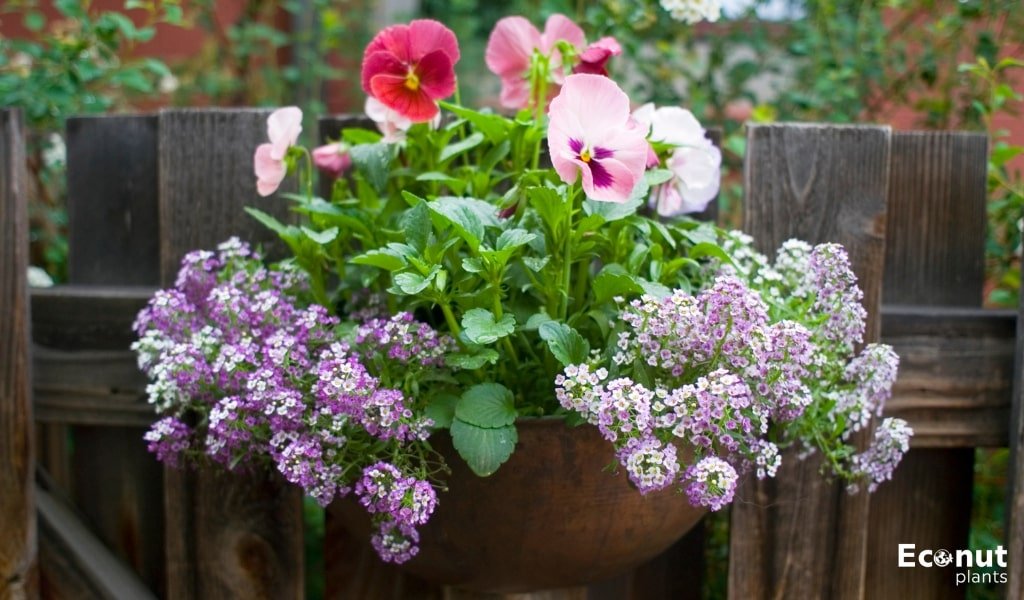Do you want to add some containers to your shade garden but don’t know where to start? Using pots or containers in dark areas can substantially improve the repurposing of underutilized rooms. This post contains the best 17 planting suggestions for shady containers.
Identify your Shaded Area
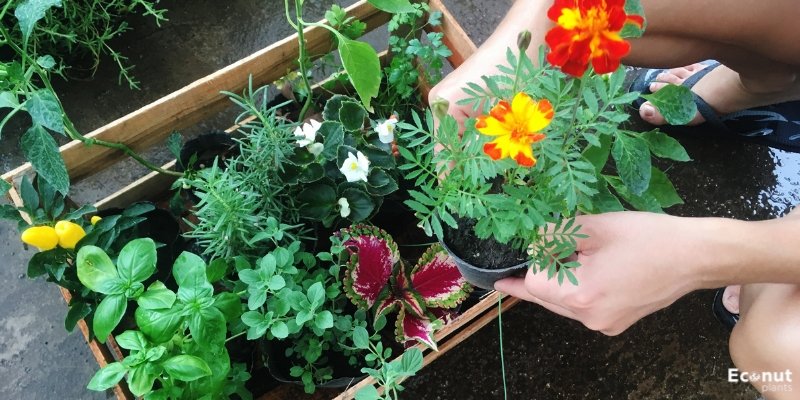
A garden section is considered partially shadowed if it receives four to six hours of sunlight. A section of the garden that receives four hours or less of sunshine is said to be in full darkness. Growing flowering plants in some shade is recommended.
Growing in complete darkness has some advantages, although it can be more difficult. This is when experimenting with the colour and texture of the foliage becomes crucial.
Choose the Right Container

There are several possibilities for shade containers. Maybe all a shade tree needs once a week is a drink. As a result, having one plant in each of multiple tiny pots in the shade is rather feasible.
The pot’s bottom ought to be allowed to drain completely of water. Thus, pick a pot with one or more holes in the bottom. Use a liner pot with holes in the bottom if you cannot drill holes in a pot’s bottom.
You can use a plastic nursery pot. In the shade, you can even try out some “funky junk” pots. I think of old boots, jars, and even teacups. Just be sure to use a liner pot or make sure it has drainage.
Use the Right Soil

I take into account the natural growing conditions of the plant when calculating the optimal soil for it. The underside of the forest floor is home to naturally occurring shade plants. This can be achieved in pots by mixing one-third of premium all-purpose potting soil with compost.
There’s also a fantastic tropical mix available. Plant in a shaded container, but avoid packing the dirt into the pot. As such, watering will become careless, and the water will simply run off rather than soak in.
Maintain the earth below the pot’s rim. If the pot you are using is really small, you may need to clip or carefully pry apart the roots to get your plant low enough in the container so that it isn’t growing above it.
Water Carefully
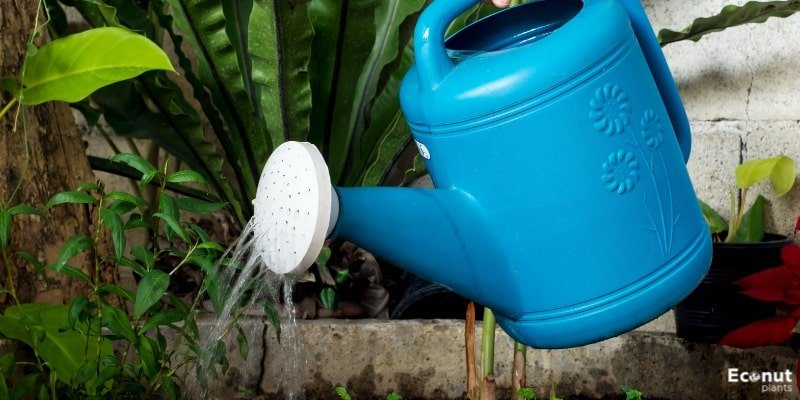
Unlike plants grown in full light, shade-grown plants don’t need to be watered every day. Until you can tell when to water your shade container, keep a close eye on it and check it frequently.
Prevent it from becoming dry. You can’t buy your index finger, but you can buy moisture meters. Put it on your finger and give it some water if it begins to dry out before the first knuckle.
Fertilize Appropriately
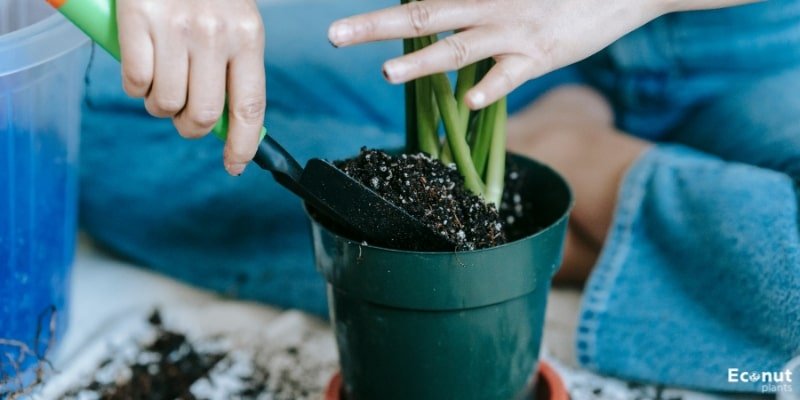
Fertilizers are essential for keeping containers healthy and aesthetically pleasing. It depends on what’s in your containers. A quick rundown of fertilizer suggestions based on the plants in your shadow containers is provided below:
Perennials and Edibles
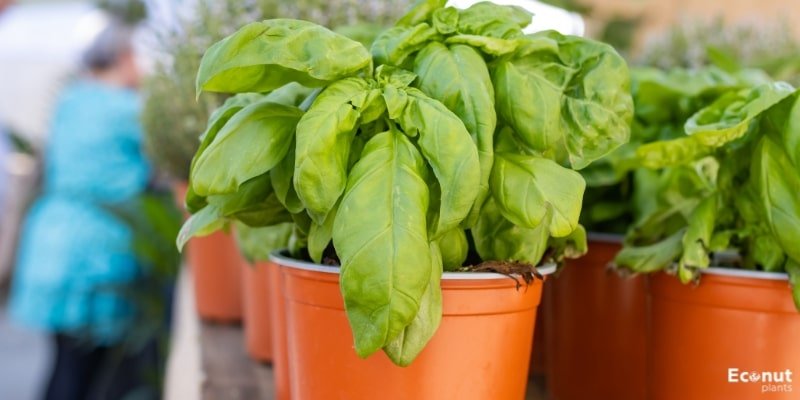
When it comes to edible plants or perennials, I never use liquid or powder fertilizers. Before planting, I will mix in ⅓ compost, aged manure, sea dirt, or worm castings into the potting soil. To overwinter perennials in a pot, just give them a top-dressing one of them; it will seep into the soil.
Tropical and Annuals

All season long, fertilizer may help the tropical plants in your gorgeous arrangement of annual flowers grow bigger and better. I advise using an all-purpose fertilizer with a 20-20-20 ratio. Fertilize one time every two weeks.
This will keep everything growing happily and healthily because flowering annuals and some tropical plants can be heavy feeders. To keep the plants from burning, make sure to moisten the container before adding the fertilizer.
Keep Up with Maintenance
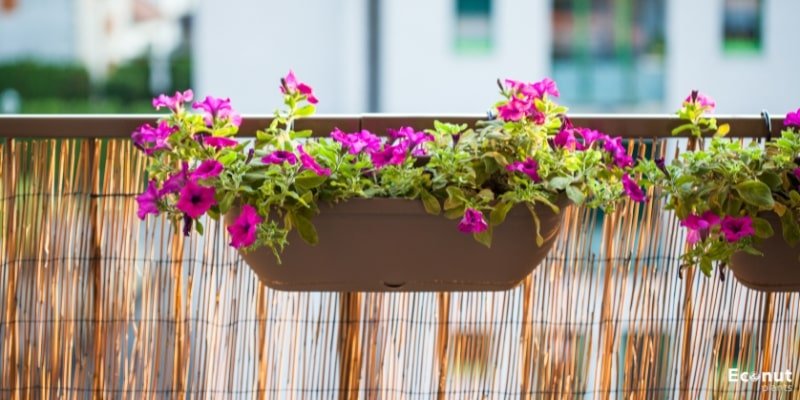
Compared to regular garden beds, container gardening requires less bending and less upkeep. To keep them looking amazing, a little maintenance is all that is required. Deadheading is a crucial task. To create space for fresh blooms, trim off any dying or fading flowers and pinch them off.
To promote new development and maintain the green appearance of your pots, trim any withering leaves or stems from your plants. Any plants that appear lengthy or straggly should be pruned. They will become bushier and thicker as a result.
Observe things in their designated areas. If certain plants, like Senecio ivy, aren’t clipped, they’ll take over. They’ll cling on, multiply, and suffocate other plants. To keep them growing where they belong, get in there and snip them.
Spiller, Filler, Thriller

Not just shade-related containers, but all containers, can benefit from this idea. Conversely, it will add a great deal of interest and beauty to a shaded container. This concept functions with a single pot that holds all three elements.
As an alternative, it can be used in several pots—one with a thriller and others with fillers and spillers. Nevertheless, the same outcome is obtained when the pots are arranged in a cluster.
The Spiller
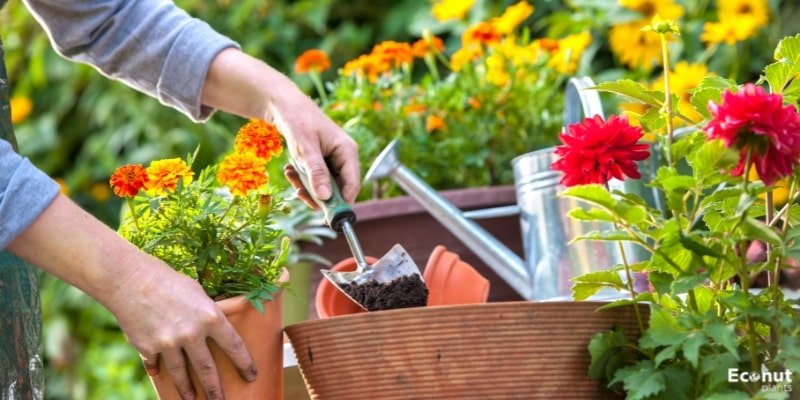
Spiller plants are those that trail and tumble out of containers. Many options exist for spiller plants that can withstand shade. Some of my favourites are golden Lysimachia, trailing mint, and Senecio ivy.
The Filler
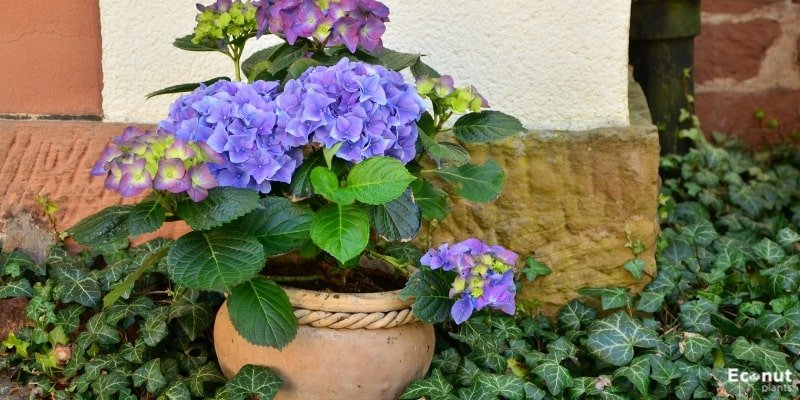
The vegetation that grows beneath and around the thriller is known as filler. The greatest diversity can be found here. It can take the form of flowers, foliage, texture, or colour. Shade filler plants abound; begonias, spider plants, hydrangeas, and many species of coleus are just a few.
The Thriller

The thriller is the pot’s primary draw. Usually, it is bigger or taller than the others. This serves as the anchor. A classic thriller in a container is created by a green dracaena spike.
It provides an eye-catching container with a defined area. For a strong thriller in the shade, large plants like cedar, alocasia, or palms work nicely.
If Things Don’t Quite Work Out…
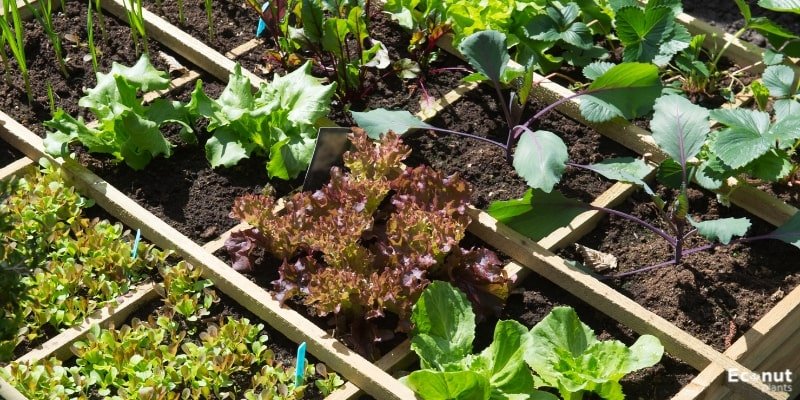
Something, like a lovely fern, can turn brown when you experiment with it and go away for the weekend. Throughout the entire growing season, don’t give up on your pots. Fresh plants should be used in place of wilting and dying ones. Cost-effective houseplants can be found in large mega centers. Pick something, and then swap it out.
If nothing works and there’s still time, choose a fast and easy replacement. You can harvest some varieties of lettuce, rockets, and radishes in less than thirty days. Growing quickly is the coleus that the garden center is clearing out.
If the end of the season is near and things are starting to look shabby, replace them with decorations. On the other hand, horrifying plants covered in fake spider webs are always a hit during Halloween!
Use Hanging Baskets
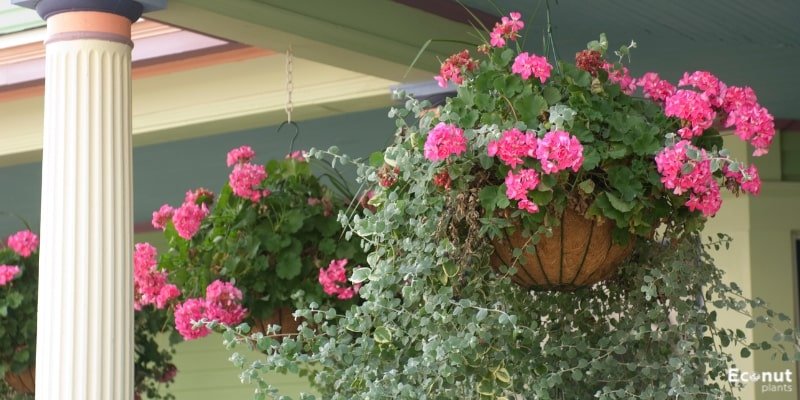
If you want to add some greenery to your outdoor space but are limited in space, you might want to think about adding some shaded hanging baskets. You have two options for hanging baskets: make your own or buy already-made ones.
Look for pre-made baskets with begonias, impatiens, coleus, and ivy if you’re buying them. Alternatively, browse the garden center’s houseplant department and select tradescantia, spider plants, or ferns for a luxuriant appearance.
To assemble your basket, just get a hook-equipped container and stuff it full of excellent, fluffy potting soil. Next, fill it with your preferred mixture of shade plants. I enjoy using a coconut coir slip liner with a wire hanging basket. To create a ball of flowers or plants, drill tiny holes in the bottom and insert some plants.
Properly Overwinter in Cold Locations

If you live in a tropical climate, you don’t need to read this. Outside, your pots will thrive all year long. For the rest of us, though, the season will finish. If you want to save a tropical plant for the next season or you live in an area with a distinct winter and you have a beloved plant that you don’t want to part with, you can overwinter plants.
This can be done by taking out the plant you wish to keep and putting it in a smaller pot that you can bring inside. Next, give the plant a good cleaning. Using the hose or the shower. Put your all into it. I also suggest washing it with insecticidal soap a few weeks later.
This will guarantee that no animals are present. Afterward, take it inside to a bright area throughout the winter. Verify the plant’s exact requirements.
Conclusion
Growing anything in dark areas is not insurmountable. Indeed, I adore placing containers in shady areas! They provide a luxuriant, tropical ambiance and require no upkeep. These shade container ideas should make creating a stunning, lush outdoor paradise in the shadows quite easy.

